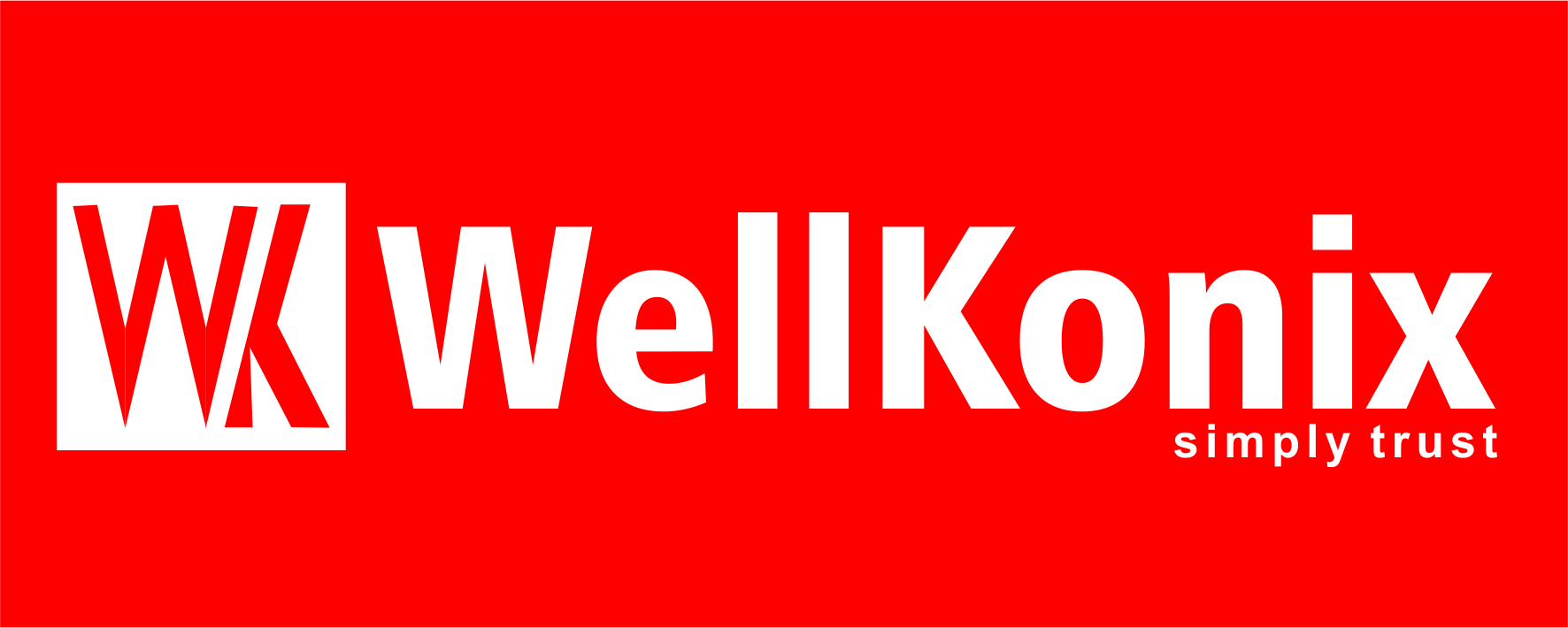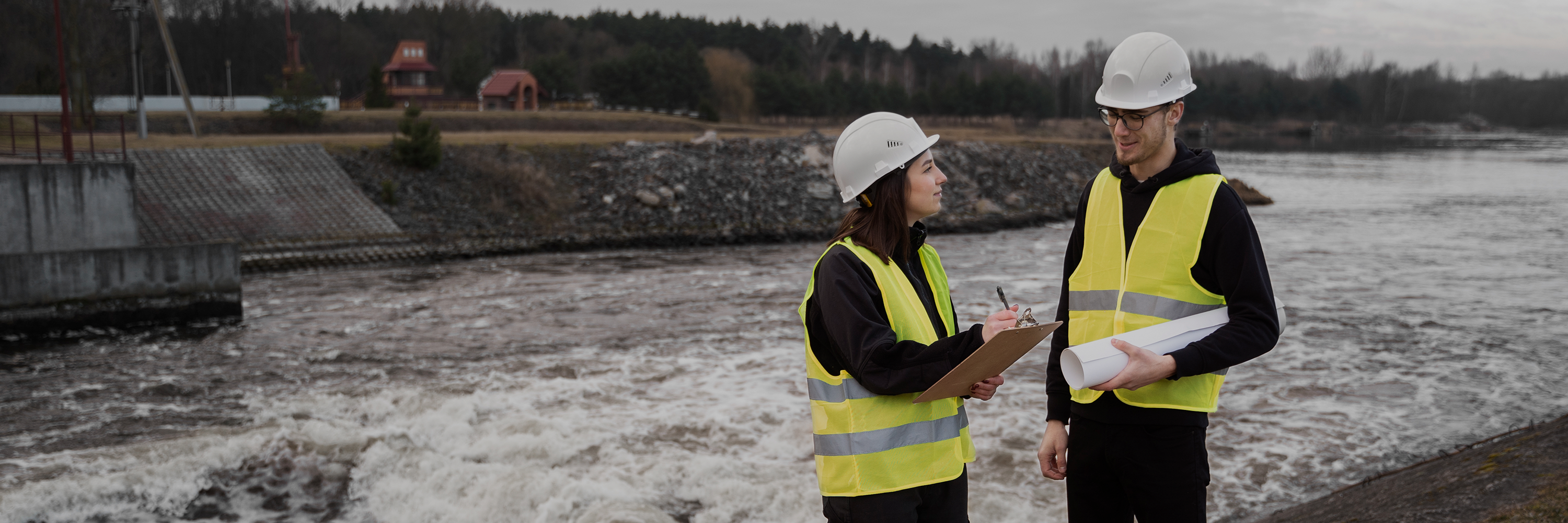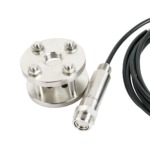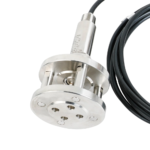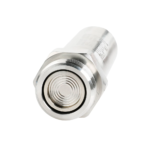Hydrostatic Level Transmitter
M2062
Features
- Non-clogging and damage resistant to floating solids
- Durable 316 SS construction for reliable, long life in harsh environments
- 1/2 inch NPT threaded connection, allows the unit to be installed in a pipe/conduit
- Diaphragm is protected from physical damage and turbulence
- Added weight helps hold transmitter in place
- Excellent chemical compatibility for wide application use
Level meters, which have a standard accuracy of 0.5%FS and can measure water level, well depth, groundwater level, and other variables, are fully sealed to withstand submersion in liquid. They may also be used with voltage or 4–20 mA output signals. robust 316 SS design for dependable, extended life under challenging conditions.
01
Introduction to submersible level transmitter
As the pressure-sensitive heart of the product, the level transmitter uses a highly dependable silicon piezo resistive pressure sensor. Through automated temperature compensation, programmable digital circuit rectification, and signal conditioning, it produces typical industrial applications and networking signals. The products are produced in accordance with the exacting work standards and meticulous process control of military businesses. In order to guarantee that every product is stable and dependable, each one is meticulously developed with carefully selected components and fixed crafts by pressure cycling, aging, environmental simulation test, and other ways. P260-M3 reliably meets the needs of a wide range of industries requiring fluid level measurement thanks to its exceptional precision and dependability, including coal mining, oil and gas, petrochemical, civil explosion, medical, water, shipping, and other sectors.

02
Uses submersible level transmitter
Non-Intrusive Measurement: Submersible level meters are placed at the bottom of the tank or water body, making them ideal for applications where the surface is turbulent or has obstructions. Long-Term Reliability: Designed for continuous operation in harsh environments with minimal maintenance.
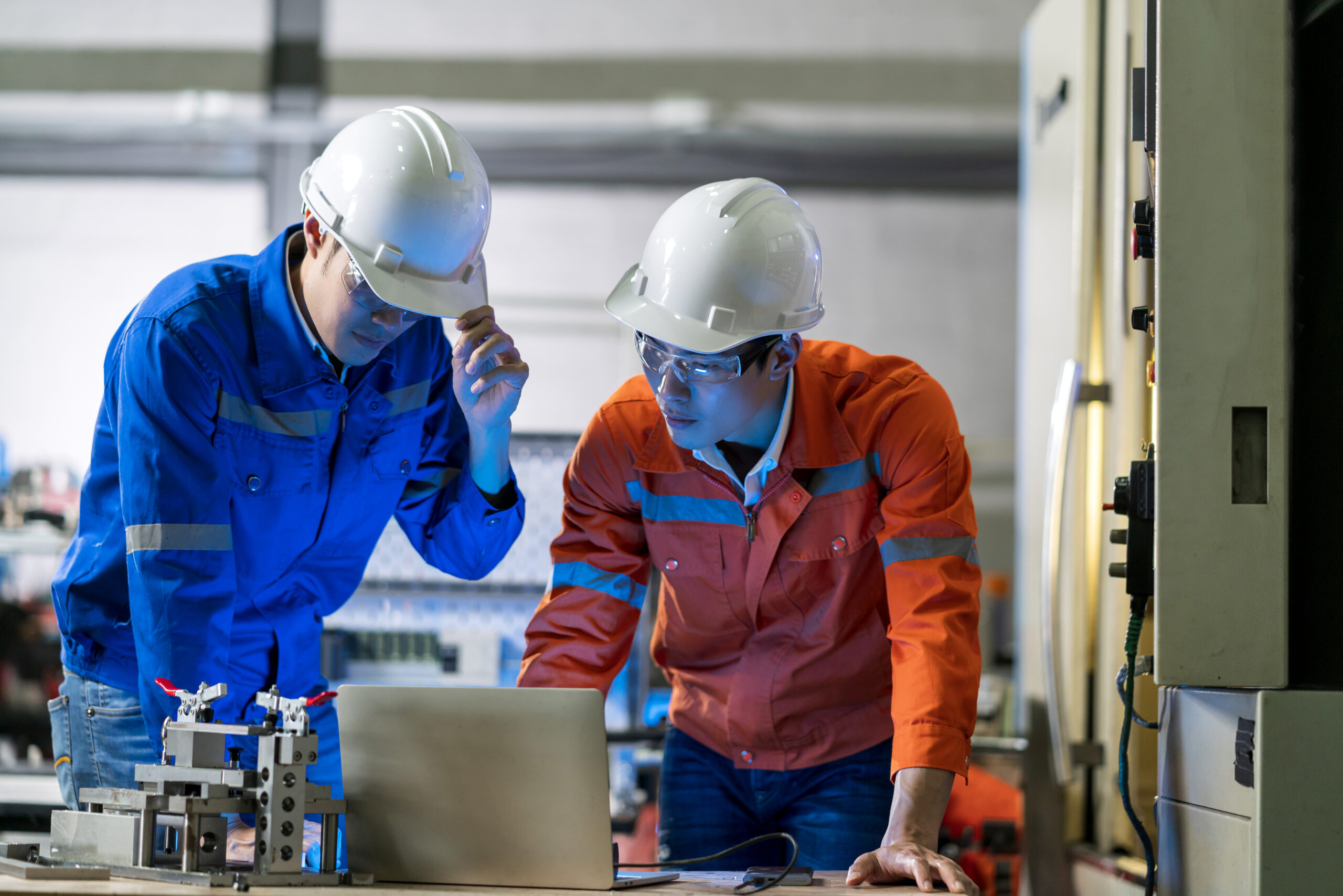
03
Applications of submersible level transmitter
Water and Wastewater Management Groundwater Monitoring: Measuring levels in wells and boreholes for water resource management. Reservoirs and Dams: Monitoring water levels for flood control and irrigation management. Wastewater Treatment Plants.
Principle of Submersible level meter
Hydrostatic liquid level measurement, or the idea that the liquid’s detected static pressure is proportionate to its height, is the fundamental operating concept of the submersible level transmitter.These transmitters use a sensor cable or rod to send a microwave pulse. After striking the liquid’s surface, the signal returns to the sensor. The time it takes for the signal to go down the sensor and return is used by the electronics included into the transmitter housing to calculate the fill level.
Technical Specification
Product
Slurry level transmitter
Model
WK-MP
Measuring range
0m~0.5m···100m
Pressure type
G(gage pressure)
Display resolution
0.5%
Compensation temperature
≤2m:0℃~50℃ ≥2m:-10℃~60℃
Medium temperature
-30℃~65℃
Output signal
4mA-20mA
Pressure overload
≤2 times full range
Stability
±0.2%FS/year
Ingress protection
IP68
Power supply
12VDC-30VDC
Applications
Accessories
Documents
Technical Datasheet_Ultrasonic level transmitter_En_V1_2023
User Manual_Ultrasonic level transmitter_En_V6_2023

Wellkonix global commitment to the Chemical Industry
Wellkonix is the world leader in automation solutions to the chemical industry. As a global player, we have strong local support in any region that you run your business
Solutions
automation
Project execution
Providing solutions of every kind, at all times in chemical industries
Wellkonix engineers were all very affected person and cooperative during the early engineering and start-up phases. We labored as one team thru to the completion of this plant project
